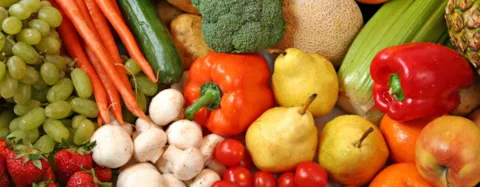Food loss and waste both present a significant global challenge and opportunity. Nearly one-fifth of all food intended for consumers is wasted every year, amounting to 1.05 billion tonnes in 2022 alone, according to the UN Environment Programme.
DNV's Food loss and waste ViewPoint, which investigates how food and beverage companies are addressing food loss and waste across their value chains, reveals a mixed picture. While six out of ten companies recognize food loss and waste as a problem, fewer than a quarter currently treat it as a high priority on their corporate agenda. Nevertheless, there is strong awareness of the potential for improvement: half of the respondents believe a considerable share of waste can be avoided.
The survey indicates that companies at earlier stages of their journey tend to focus on operational measures. More mature companies take a broader view, integrating food loss and waste reduction into wider sustainability efforts.
Only two out of ten redirect more than 10 percent of food waste into alternative uses, and less than half have formal systems in place for managing food loss and waste. Main barriers include lack of awareness, insufficient education, and balancing food safety with waste reduction. The causes of food loss and waste are distributed across the value chain, with no single root cause dominating—highlighting the complexity of the issue.
While most companies are taking some form of action, a more structured and data-driven approach is required to achieve meaningful and lasting reductions. This ViewPoint report provides insights into how companies are progressing, the obstacles they face, and where the greatest opportunities lie for reducing food loss and waste within the food and beverage industry.

